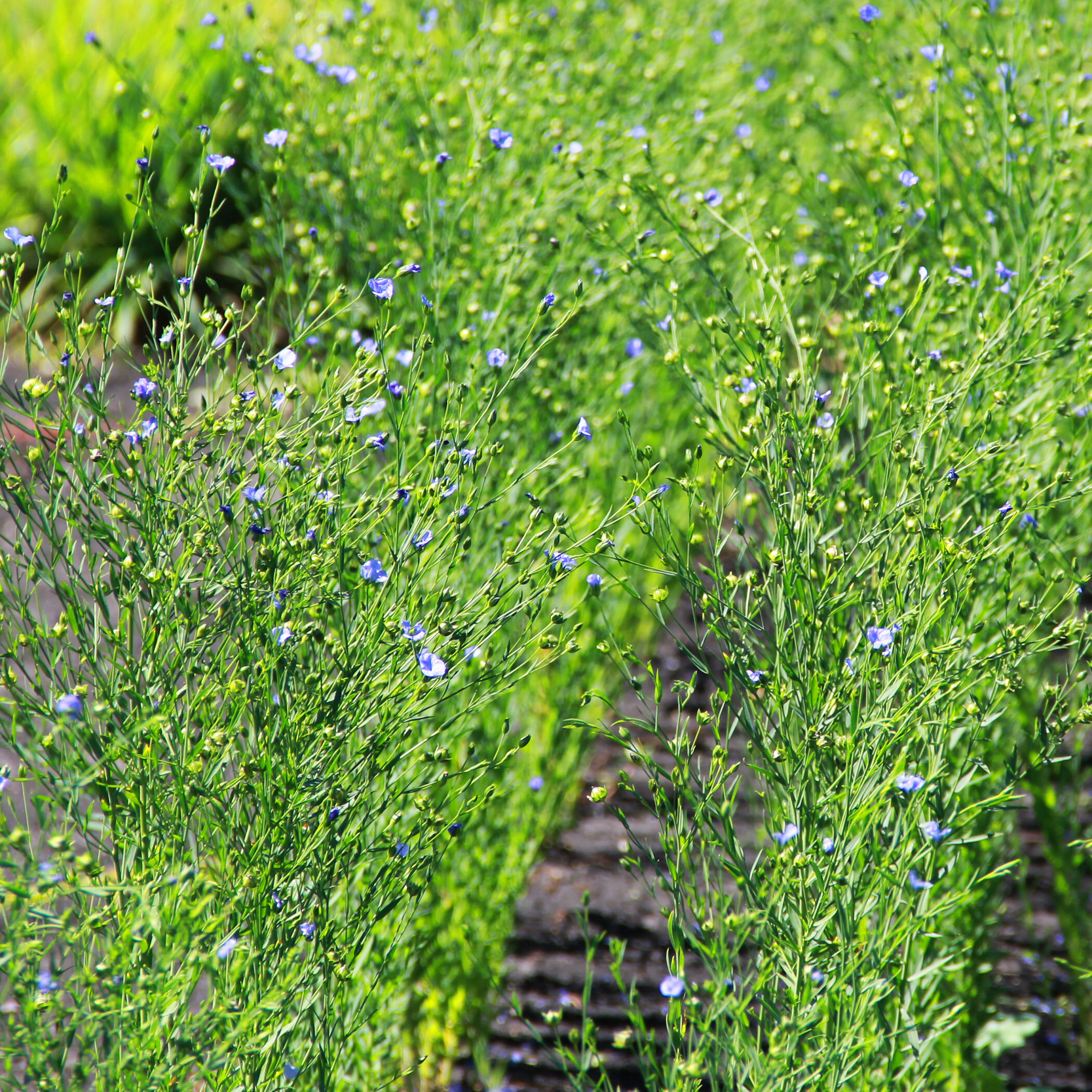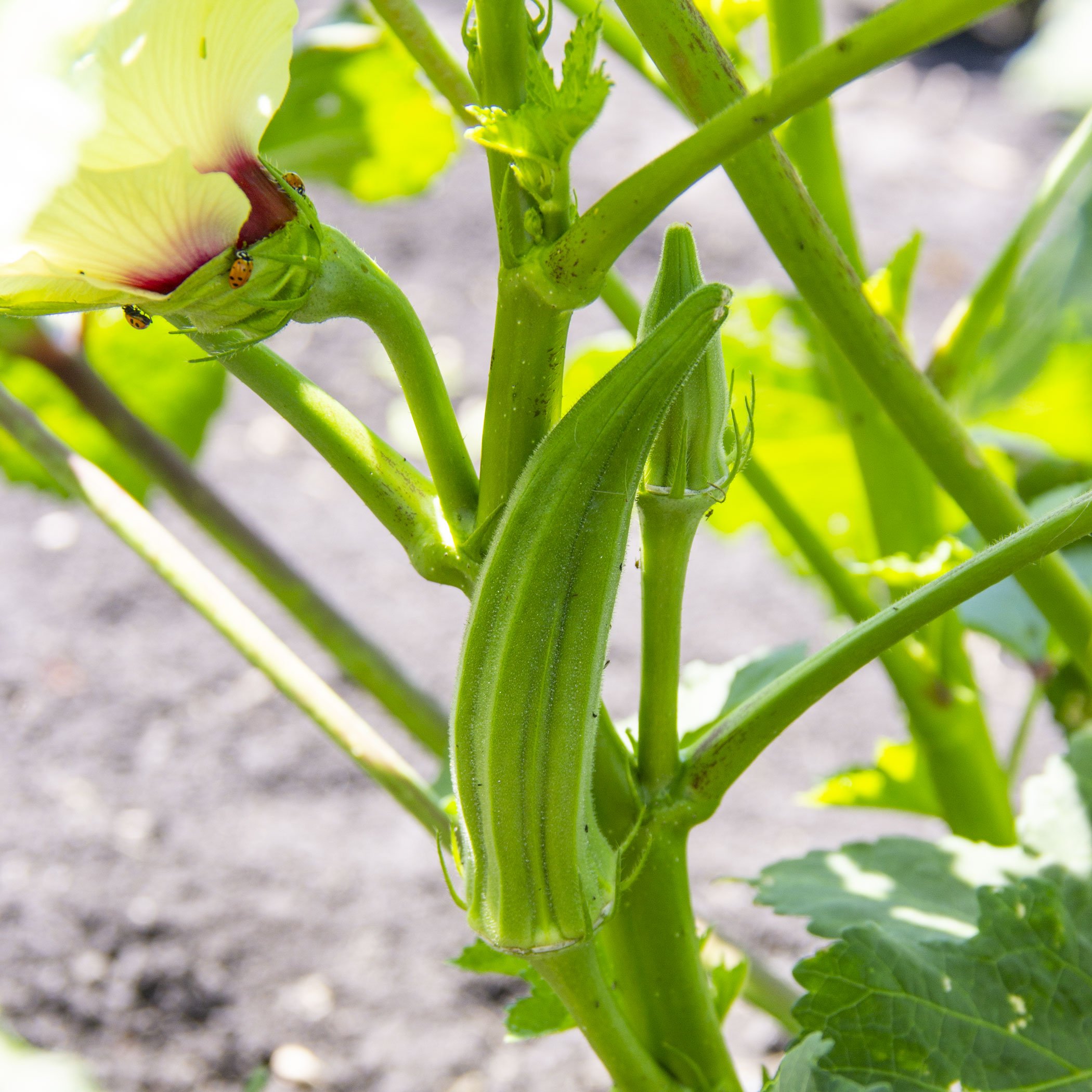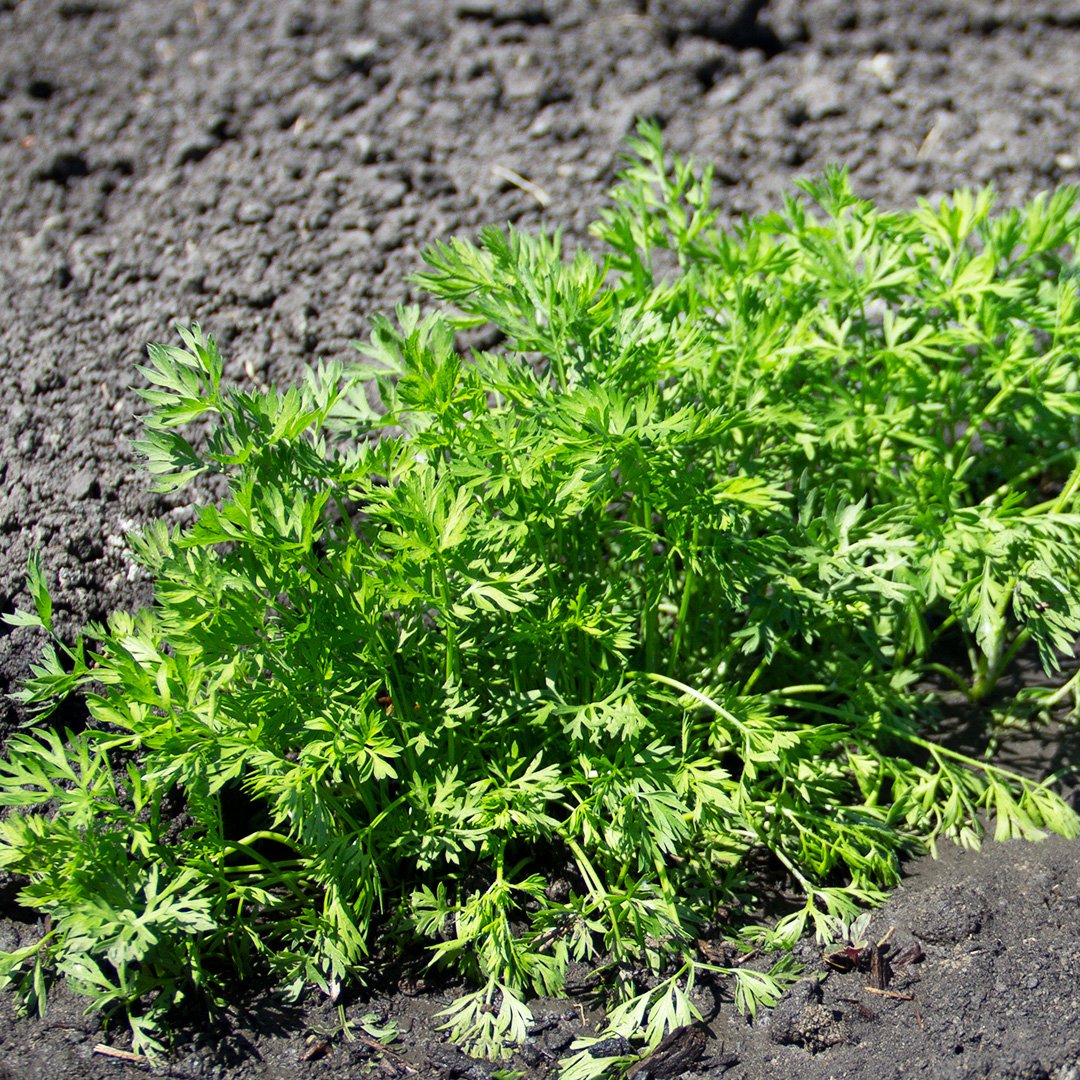Interpretive Pocket Park:
Field Crop
Pumpkin
Pumpkins are one of the oldest commercially produced field crops, native to southwestern United States. The planting here is an heirloom cultivar known as the Connecticut Field Pumpkin, and will produce large fruit weighing 15-25 pounds, which at that size makes them ideal for celebrating Halloween with artistic Jack-O-Lanterns. Picked smaller, they will make delicious pies.
Sweet Corn
How can you tell the difference between sweet corn and field corn? The difference is obvious to the layperson; field corn gets much taller than sweet corn and has thicker leaves, and field corn is harvested at the end of the growing season when it is dry and easily harvested. Sweet corn is harvested when the silk on the top of the husks start to turn brown.
Sunflower
Grown for their oil or seed agriculturally, the Amerian gardener appreciates them for their other qualities. Known as "Happy" flowers, bringing vibrancy and joy to those who plant them and give them as gifts. The seed is highly prized by birds and squirrels, and before fertilization takes place, the flower heads will follow the movement of the sun from sunup to sundown.
Eggplant
In the same family as tomatoes, potatoes, and peppers, and is prized as a vegetable in Italian cooking where vegetarian dishes are preferred over meat based ones. Eggplant is high in fiber, low in calories, and has a wide array of minerals that in combination can lower risk of heart disease, control blood sugar and help in weight maintenance.
Cabbage
All forms of cabbage, red, green or white, are biennials grown as annuals and consumed for their densely leaved heads. Shredded raw and mixed with shredded carrot roots, it can make a tasty coleslaw and is enjoyed as sauerkraut for which many recipes exist. It is a member of the Cole Family which includes broccoli, cauliflower, and Brussels sprouts. Loaded with vitamins, minerals, and generous fiber, it would be a tasty welcome to any heart healthy meal.
Zucchini
What Eggplant offers in nutrition and fiber can also be said of Zucchini squash. The major characteristic of this squash is the prolific character of the plant. These fruits are best consumed when young and tender making them easy to slice and prepare as would be done with any summer squash. The problem is that zucchini produces more fruits than a typical family can consume at the ideal time of ripeness. Allowed to over mature, they resemble a weapon more than something to eat.
Tomatoes
Another member of the notorious Nightshade Family, that were at one time considered poisonous to eat. Now there are over 300 varieties of tomatoes grown in American gardens, with them being the number 1 crop for home gardeners. We have just two varieties in this garden: Early Girl and Roma.
Sweet Peppers
If gardeners can resist picking these Better Belle Sweet Peppers until they turn red, they will be ingesting one of the best sources of vitamin C, a good source of vitamin A, and fiber. All bell peppers have antioxidant qualities which are thought to be a barrier against certain cancers and offer cardiovascular protection.
Chili Peppers
Jalapeno Chili - A hot favorite with Scoville heat units between 4,000 to 8,500, gives traditional dishes like pizza and salads an attention getting nod when consumed. Sweet Banana Pepper - A Chili pepper type that is without the heat but is consumed due to the sweet taste and bright yellow color of the skin. If allowed to linger on the plant they will continue to ripen through a series of green, red, or orange colors. Consumed raw in salads, stuffed, and pickled.
Dry Bean
North Dakota ranks #1 in dry bean production, producing 32% of the country's crop. They are comprised of lentils, pinto beans, and chickpeas - aka garbanzo beans - which are a great source of protein and fiber in our diets. Do you like Hummus? If so, you are getting a very flavorful shot of nutrition with every taste that is low in calories.
Soybean
This widely popular edible legume is a native of East Asia, finding it's way into our food system via soymilk, tofu, soy sauce, and tempeh. A basic nutrient source for high protein and iron content - 136% and 162% - in addition to a substantial calcium content of 51%, it is a food source for a major part of the world's population, with ND farmers producing the fourth most of any American state, with 90% leaving the state and two-thirds shipped out of the country.
Grain Sorghum
One of the most versatile agronomic crops grown in North Dakota. Used in malted beverages, building materials, fencing, and in making brooms, grain sorghum is grown in ND regions too dry for profitable field corn production.
Summer Squash
Perhaps the easiest to grow and most productive plants in a typical vegetable planting, they come in an array of colorful varieties, green Zucchinis, and yellow ribbed crookneck and straight necked varieties. They are members of the same family as cucumbers - Cucurbitaceae - and have the same basic nutritional characteristics and health benefits as salad cucumbers.
Cucumbers
Straight 8 and Pickling - Never a chance to get the two confused. The pickling cucumber has a thinner skin and is short and squat, which makes the vinegar used to pickle them able to penetrate the skin and saturate the flesh beneath. The Straight 8 or other salad cucumbers are typically long and lean, and with a thicker skin, easy to slice thinly. Health wise, fresh cucumbers are excellent hydrators, and when consumed in total, are an excellent source of beta-carotene and fiber.
Green Beans
Another common home-garden vegetable, the two varieties planted are the Kentucky Wonder and Blue Lake: Kentucky Wonder is an heirloom pole bean noted for being high in yield and good flavor, making it an excellent choice for fresh, freezing, or canning. ‘Blue Lake Bush’ beans are prolific producers 5 to 6 inch long, straight and stringless snap beans that produce 24-inch bushy plants that are often given support to ease in picking. Used primarily for fresh consumption.
Butternut Squash
Butternut Waltham: A high yielding, nutty flavored, winter squash that is harvested at the onset of fall frost threats. Winter squash varieties will keep well into the winter months under good storage conditions.
Wheat
ND is ranked #1 in America of both hard red spring wheat and durum; 250 million bushels of hard spring wheat (HRS) and 50 million bushels of durum.
Oats
ND leads the nation in oat production, and is grown in every county in the state, totaling 265 thousand acres. In addition to human consumption, it is used as an animal feed, and for forage and hay.
Herbs
Basil, Oregano, Chives, Rosemary, and Parsley
Flax
ND farmers produce two types of flax: seed flax for the oil in its seed and nutritional value, and fiber flax for the fiber in its stem. Driving across North Central ND and the Provinces of Canada, if you come upon sections of land awash with sky blue flowers that would be flax.
Snap Peas
They are an excellent source of vitamins A, C, and B and may be eaten raw, but taste better with a little treatment with boiling water. Peas grow and produce best with cool weather, even as low as 45ºF.
Barley
ND ranks 3rd in the nation in barley production, which is used mostly in the malting process for brewing beer.
Canola
Famous for the oil extracted from the seed and because of its composition, is used for animal and human food consumption. Some forms of canola are used in industry for making plastics.
Okra
As a member of the Mallow family, Okra will display a very beautiful Hibiscus type flower on its way to producing finger-like fruits in upright positions. The fruit pods are best harvested young when 2 to 3 inches long, by using a knife.
Carrots
These Napoli Hybrid carrots will grow to about seven or eight inches long. It would definitely be declared a “Bugs Bunny” favorite due to their sweet taste. Very popular with market gardeners, the beginning carrot gardener is advised to purchase coated seed to aid in proper spacing. It is ready to harvest in about 58 to 60 days.


























